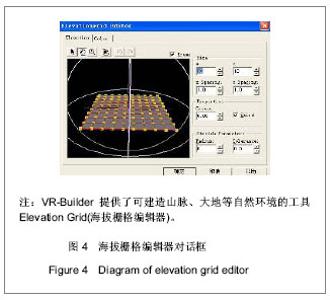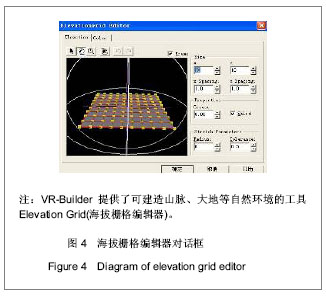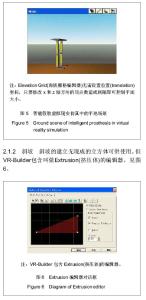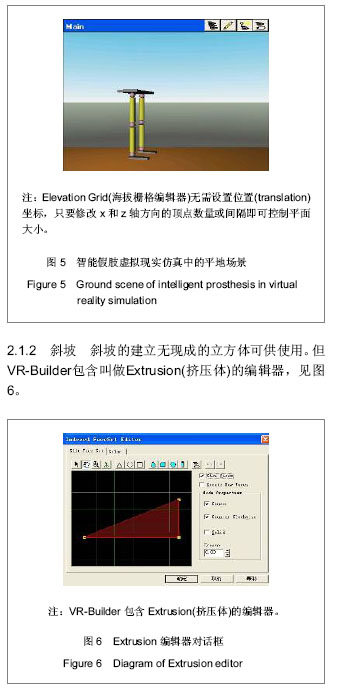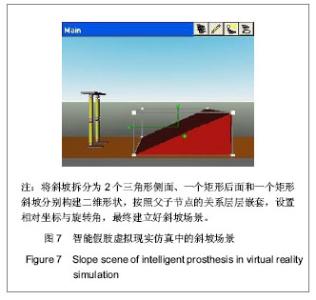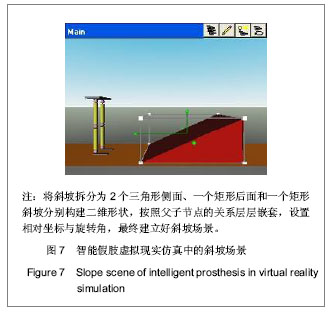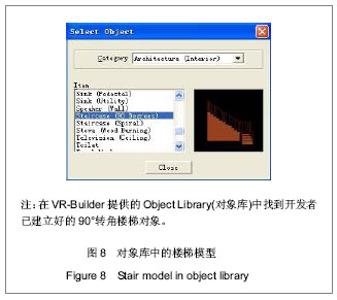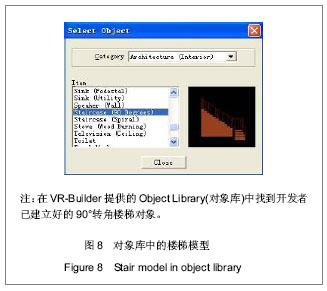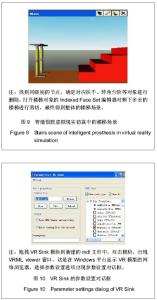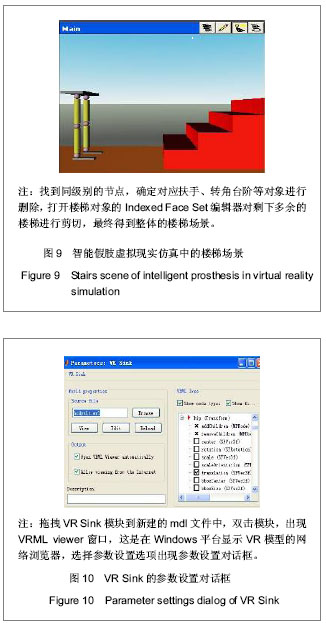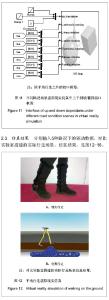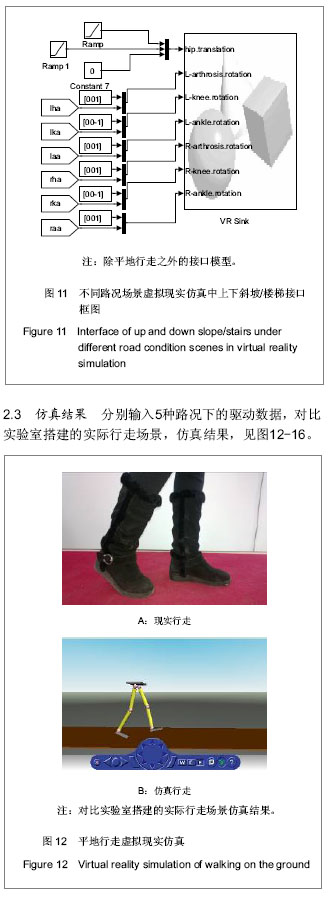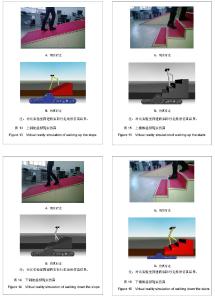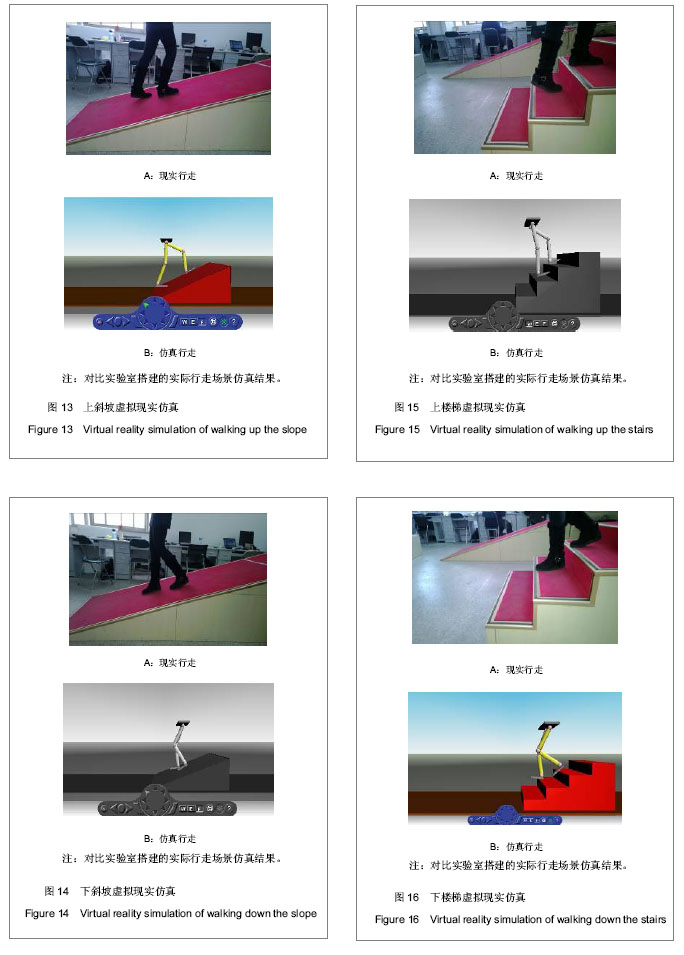| [1] 王人成,金德闻.仿生智能假肢的研究与进展[J].中国医疗器械信息,2009,15(1):3-5.[2] 王斐,张育中,闻时光.基于过程神经网络的步态模式自动分类[J].东北大学学报:自然科学版,2011,32(4):464-467.[3] 陈玲玲.基于支持向量机的下肢肌电信号模式识别的研究[D].河北:河北工业大学,2006.[4] 黄玲.捕捉虚拟人运动的运动控制技术的研究[D].北京:首都师范大学,2007.[5] 魏高峰.人体肌骨系统的整体生物力学建模与仿真分析研究—“中国力学虚拟人”系统集成方法与实现[D].上海:上海交通大学,2010.[6] 王建平,钱理为,王成焘.人体膝关节几何解剖模型仿真[J].系统仿真学报,2009,21(10):2806-2809.[7] 薛定宇,陈阳泉.基于MATLAB/Simulink的系统仿真技术与应用[M].北京:清华大学出版社,2011.[8] 刘艳娜.两足步行机器人的步态规划及SimMechanics建模[D].杭州:杭州电子科技大学,2011.[9] 董金波.基于Matlab的双足机器人单腿运动学仿真[J].科学技术与工程,2011,11(3):612-614.[10] Yang C, Ye ZM, Peter O, et al. Modeling and Simulation of Spatial 6-DOF Parallel Robots Using Simulink and SimMechanics. Proceedings - 2010 3rd IEEE International Conference on Computer Science and Information Technology, 2010(4):444-448.[11] 中国标准研究中心,清华大学,北京师范大学. 中华人民共和国国家标准,GB /T 17245-2004 成年人人体惯性参数. 北京:国家质量监督检验检疫总局,2004.[12] 张海帆,汪绍荣.基于Simulink和VR工具箱的虚拟现实动态系统仿真[J].微计算机信息,2007,23(28):212-213+266.[13] Wang JH, Jiang ZB, Wang XF, et al. Kinematics simulation of upper limb rehabilitant robot based on virtual reality techniques. AIMSEC 2011 - Proceedings, 2011: 6681-6683.[14] 刘东辉,杨丽丽,赵新伟,等. 基于MATLAB的双足仿生电动移动平台设计[J]. 河北科技大学学报,2011,32(5):477-481. |
